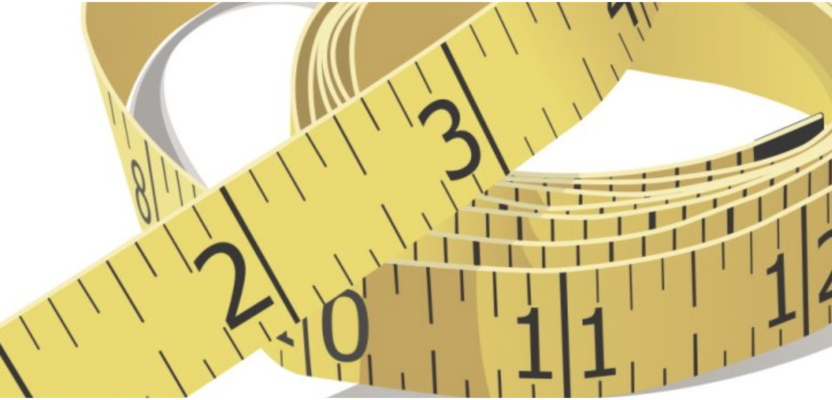Buried in the October 5 edition of the Federal Register — the daily publication that meticulously and officially records the minutiae of the federal government — was the notice “Depreciation of the United States Survey Foot.”
Since 1893 the U.S Survey Foot has been one of the standards by which surveyors plot the country. But we’ve known this was coming, no big surprise. It’s just that this printed announcement on page 62,698 of the 2020 Register makes it official. Just letting you know in case you didn’t read that deep into the Register to see it for yourself.
Yes, the U.S. Survey Foot, which for the rest of this article will be known as SF, is getting the boot. As of January 1, 2023, the United States will join the rest of the world and recognize the International Foot (heretofore IF).
This change has been afoot for years. In 1959 the federal government mandated that the IF would be used, but allowed surveyors to keep using the SF for a while. That while is still going on 61 years later and today surveyors in 40 states and U.S. territories still use the miniscule-lly larger U.S. foot.
The government spent years doing its due diligence on this. The decision made official on October 5 took time and manpower to collect input from the public (mostly surveyors) and officials. Printed reports consumed reams of paper beyond the nine-and-a-half pages it took to print the official announcement. Everything was checked and re-checked, posted and considered, thought about, talked about and bandied about in all of the by-the-book ways the federal government is legally obliged to follow to make even the most basic decision.
On one hand I would argue that never has so much resource been devoted to so little. What we’re talking about here – the difference between the long-established SF and the IF amounts to two parts per million or the difference between the IF’s official measurement of 0.3048 meters and the SF’s slightly larger 0.30480061 meters.
If you were to survey my property line using both standards, the difference would equate to less than the thickness of a blade of grass, a distance negated 1,000 times or more by the simple process of pounding in a boundary stake.
On a football field, the difference would amount to about the square footage of a cocktail napkin, an area so insignificant that it likely wouldn’t have changed a single call on a toe-tapping wide receiver in the entire history of the NFL. On an international football pitch that cocktail napkin grows perhaps to the size of a textbook cover, but its insignificance remains the same.
On the other hand, that extra 0.0061 meters makes a huge difference, never mind the fact that we are giving up something truly American in favor of a metric measurement used by the rest of the world. Would we get rid of Budweiser so we can all drink Irish Guinness? Isn’t there a hint of socialism in that?
Over the course of a mile, two parts per million amounts to one-tenth of an inch. So over the course of many miles – say the 380-mile southern border of Colorado – those tenths add up and force us to wonder if the monument that marks the Four Corners (where Colorado, Arizona, Utah and New Mexico meet) needs to be adjusted by a 380-tenths of an inch or three feet, two inches. (It does not.)
As with most things the federal government gets involved in, there is passion on both sides.
A year or so ago, during the process of contemplating this change, Michael Dennis, of the National Geodetic Survey, called it “chaos…a mess,” and then cited some examples, without specifics, to support that claim. Apparently the two different feet caused confusion on a bridge project between Oregon, user of the IF, and SF user Washington state. When a contractor from an SF state was constructing a building in the glide path of an airport in an IF state, the translation of the measurements meant the building was too tall. The top floor had to be lopped off.
The printed announcement by the National Institute of Standards and Technology, the Commerce Department agency tasked with maintaining the nation’s system of weights and measures, appears to be the final nail in the foot’s coffin. Or is it?
Looking through the other side of the transit, Arizona surveyor Rudy Stricklan says the SF will not go gentle into the good night just because NIST has printed an announcement deep in some massive federal publication.
He predicted to Tuscon.com that surveyors will simple ignore the government’s directive as they have for the last six decades.
“… it’s kind of tough to dislodge some people. This is going to take another revolution,” he was quoted as saying. “Not in my lifetime … is this going to go away. It’s going to be an interesting battle.”
There’s no turning back now. We are chopping off one of America’s two feet, and the question becomes: How smoothly can we move forward on just one foot?

